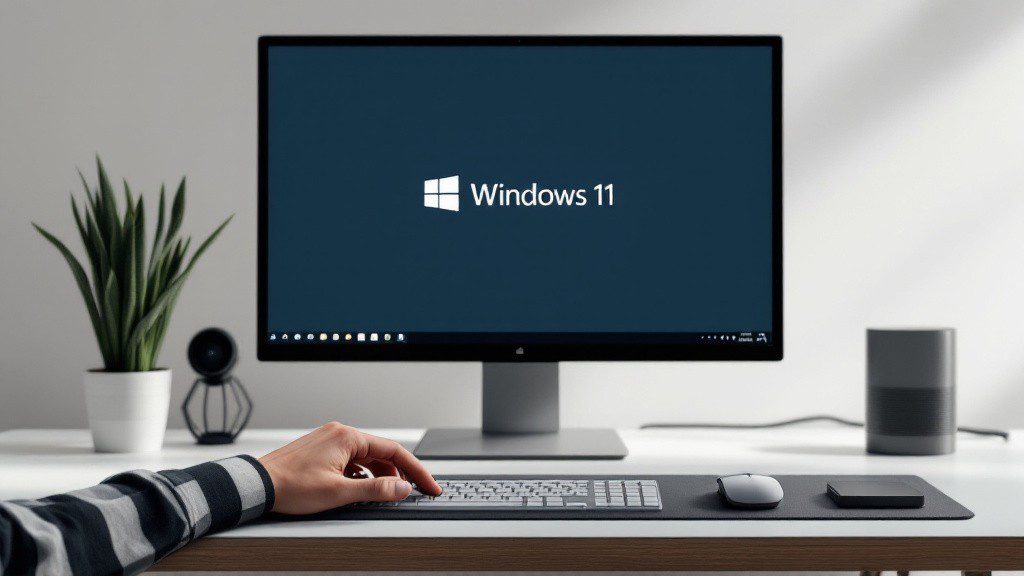Microsoft has implemented a significant change to Windows 11’s setup process, eliminating the ability to bypass Microsoft account requirements during installation. This mandates an internet connection and Microsoft account for all new Windows 11 installations, marking a decisive shift in the company’s user authentication strategy.
The modification affects both fresh installations and upgrades from Windows 10, requiring users to maintain an active internet connection throughout the setup process. This development represents Microsoft’s most stringent enforcement of online account requirements to date, fundamentally altering how users interact with their operating system from the initial setup.
For users in regions with limited internet connectivity or those who prefer local account management, this change presents notable challenges. The traditional method of offline installation with a local account, long considered a standard option, has been effectively discontinued in standard installations.
Technical experts have identified alternative methods for users seeking to maintain local account control. A command prompt workaround, accessed by pressing Shift + F10 during setup and entering:
“reg add “HKLM\SOFTWARE\Microsoft\Windows\CurrentVersion\OOBE” /v BypassNRO /t REG_DWORD /d 1 /f shutdown /r /t 0,”
allows users to circumvent the online requirement. Additionally, the third-party tool Rufus enables the creation of modified installation media that preserves local account options.
The technology community’s response has been mixed, with security specialists acknowledging the benefits of centralized account management while privacy advocates express concerns about user autonomy. The requirement for Microsoft accounts enables features like automatic cloud backup and cross-device synchronization but raises questions about data privacy and control.
This shift reflects a broader industry trend toward cloud-integrated computing experiences. However, it creates challenges for organizations with strict security protocols requiring local account management.
The implications extend beyond individual users to affect enterprise deployments and educational institutions. Organizations managing multiple devices must now adapt their deployment strategies to accommodate these new requirements or seek alternative solutions through enterprise-specific Windows editions.
Microsoft’s strategy aligns with contemporary cloud-first computing paradigms but represents a departure from traditional Windows flexibility. The change signals a potential future where cloud integration becomes increasingly mandatory, raising important questions about user choice and digital sovereignty.
For system administrators and IT professionals, this development necessitates updates to deployment procedures and user onboarding processes. The change may particularly impact organizations in regulated industries where online account requirements conflict with security policies.
Source: The Verge

